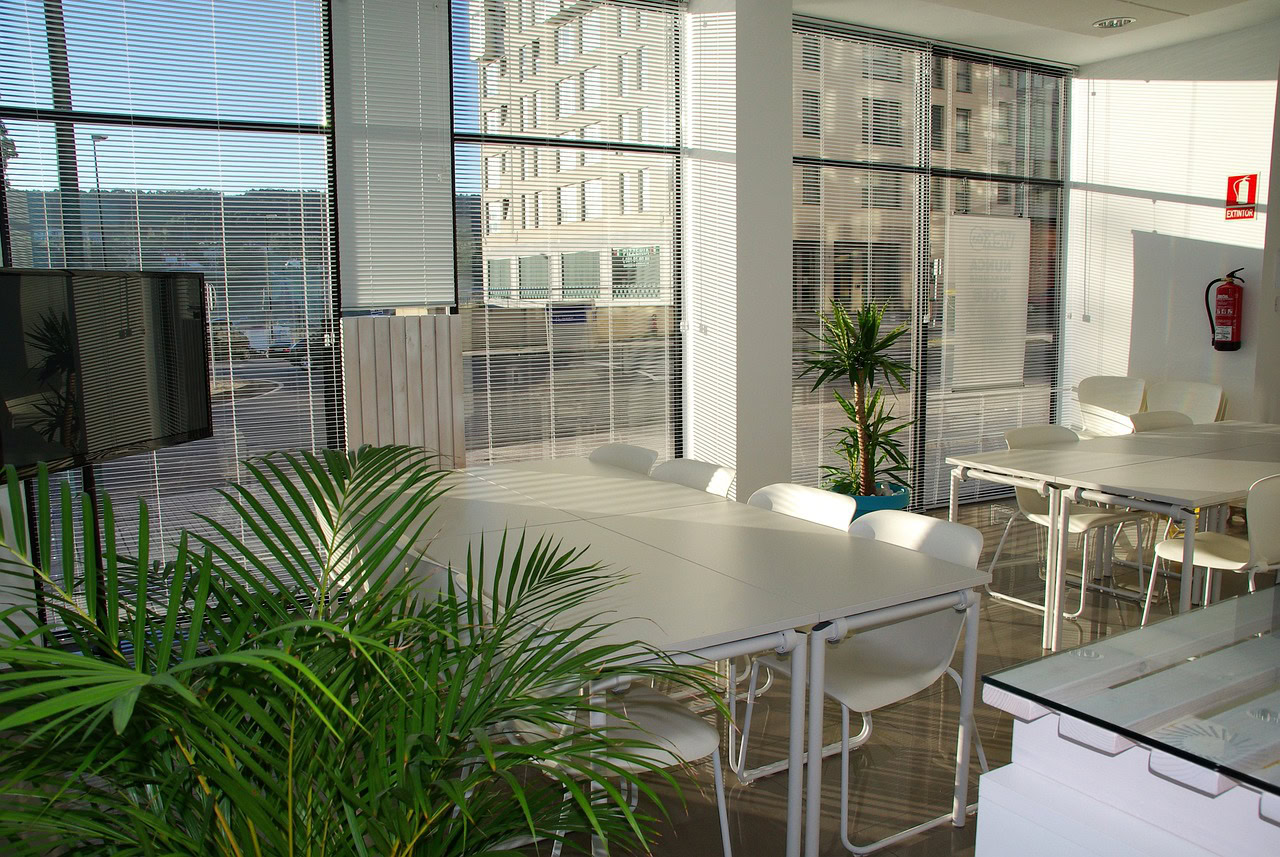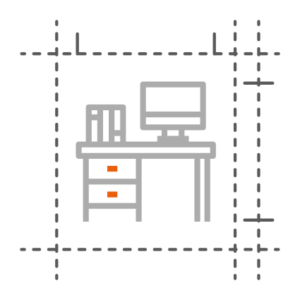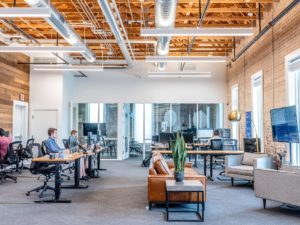Five ways to create an office your employees want to be in
In September, e-commerce giant, Amazon – which employs 1.5 million around the world – issued a note to staff mandating a return to the office from January 2025. Employees had previously been allowed to work two days a week from home.
CEO Andy Jassy said that the move to return to pre-pandemic working arrangements would ensure the organization is ‘better set up to invent, collaborate, and be connected enough to each other and the culture to deliver the absolute best for customers and the business’.
It’s safe to say that the reaction to this move – from all quarters – has been mixed, at best.
But where Amazon – one of the world’s largest and most influential companies – many others may well follow. Or will they?
One thing’s for sure, it’s thrust the debate about the future of work right back into the spotlight.
And it’s clear that businesses face a new, significant challenge: motivating their employees to want to come back to the workplace.
The luxury of hybrid working has demonstrated numerous benefits that staff will struggle to shake off; a better work-life balance, non-existent commuting times, and noticeable financial savings on transport or fuel.
However, the physical office also brings various advantages. Productivity, workplace relationships, and engagement with the company to name a few.
So, how do you encourage staff back into the office?
In this piece, we explore five practical steps you can take to help bring office attendance rates up.
Looking at the suitability of your current office space
 The office acts as the center of any business. Therefore, it’s critical to identify whether your office space will be practical for current and future business plans.
The office acts as the center of any business. Therefore, it’s critical to identify whether your office space will be practical for current and future business plans.
A well-designed workspace will provide longevity for the business, while adhering to the needs and wants of the several teams in the office. Start by exploring the pre-existing office space to begin making better-informed decisions.
For example, opting for smaller desk spaces can free up office space for other necessities, whereas a hot-desk system can ensure effective use of high-demand areas and encourage future planning from staff. Furthermore, designated collaboration areas can facilitate teamwork and cooperation.
A home office away from home

Ashley Lawrence, Head of Interiors at Crown Workspace UK, highlights that the key to getting staff back is to “bring the best parts of the home office into the workplace.”
So, while a well-organized office space can support productivity and efficiency, it’s important to incorporate features that will make the office a place your staff wants to be.
Communal areas, especially ones designed to encourage socialization, can facilitate workplace relationships and help staff unwind between meetings. This might look like barista-style kitchen areas or more recreational areas, such as an on-site gym or games area, where staff can get away from their desks.
Given Amazon’s assertion that returning to the office will facilitate more invention, collaboration and connectivity, creating or enhancing these sorts of spaces across their office portfolio will be important.
For offices that are limited in space, consider establishing areas that serve multiple purposes – communal areas where staff can unwind, but where teams can also gather for more informal meetings. Meeting rooms for more private conversations, but that can also be used for any on-site training or collaborative discussions.
Forbes rightly noted that a ‘one-size-fits-all approach overlooks the needs of its workforce, plain and simple.’ Every team is different and will have different needs. It’s therefore a good idea to conduct a survey asking what staff wish for. Use these survey results to ensure that you are looking after everyone in your workforce, outlining what will make them want to come to work.
Heat-mapping
Heat mapping can help businesses identify the most commonly used office areas (and those that aren’t used at all). That way, you can see what you need more of, less of, and what needs to stay the same.
Doing this with a cross-section of employees will provide a more holistic view of business activity and help to identify what staff find value in most.
We’ve written a short guide on what to consider in your workplace strategy, which discusses this in further detail.
Investing in modular furniture
With businesses changing over time, the office will inevitably find itself adapting to meet these changes. Modular furniture, offering flexibility and interchangeability, can be reconfigured to suit a developing business.
For instance, modular desks, with adjustable heights and reconfiguration options, can double as workstations or collaboration tables. Meeting rooms can be adapted to provide extra seating, ensuring a longer lifespan for these pieces and reducing the need for future furniture purchases.
This flexibility can also help optimize the space used within the workplace; with that, businesses can expand on highly utilized office spaces, or consider sub-letting part of the office to save money and invest back into the business.
Keeping sustainability in mind
Climate change and the increasing impact on the environment have led businesses to set sustainability targets, but it has also made staff more conscious of their own impacts.
While changes to the office are inevitable, purchasing recycled or upcycled pieces can contribute hugely to decarbonization efforts by reducing demand in production and use of resources, as well as being a more affordable option. This includes refurbished desks and chairs as well as refurbished IT equipment.
Crown Workspace provides office and IT resale services, offering bespoke, upcycled office pieces, which focuses on giving back to the circular economy.
Summary
If, like Amazon, you’re considering getting staff back to the office, it’s key to bring the appeal with it.
Creating an office environment that employees want to be in requires a thoughtful and strategic approach. By considering the suitability of the office space, incorporating elements of a home office, utilizing heat mapping, investing in modular furniture, and keeping sustainability in mind, businesses can foster a workspace that promotes productivity, collaboration, and employee satisfaction.
By prioritizing the needs and preferences of their staff, businesses can create a welcoming and dynamic office environment that encourages employees to return to the workplace with enthusiasm and creativity.
For further advice on space optimization, read our guide here.
Related stories
Six countries, 1200 respondents: Our new 2025 research survey suggests open-office orthodoxy is making the post-COVID workplace less palatable than ever. What can be done about this?
For many organizations, your office is seen as a cost of doing business. Rent, furniture, fixtures and equipment are written off over time and eventually replaced. But what if we started treating offices differently? What if we viewed them as assets that can hold value, adapt to change and contribute to long-term resilience? This shift […]
Sustainability is everywhere in workplace design. From rooftop gardens to recycled coffee cups, offices are quick to showcase their “green” credentials. But how much of this activity delivers genuine environmental impact, and how much is simply “greenwashing”?
Walk into modern offices and you’ll see the motifs of sustainability: a living wall in reception, branded reusable mugs in the pantry, perhaps even a rooftop beehive. These are the sort of things that photograph well and tick boxes in annual reports. But what truly makes an office “green”? The uncomfortable truth is that many […]




































